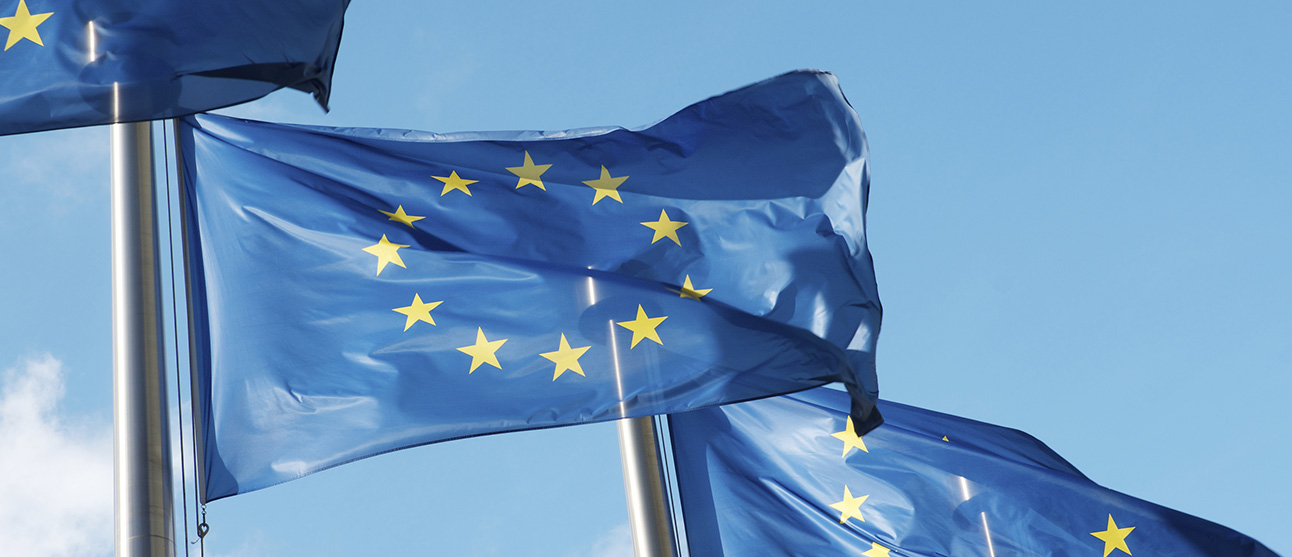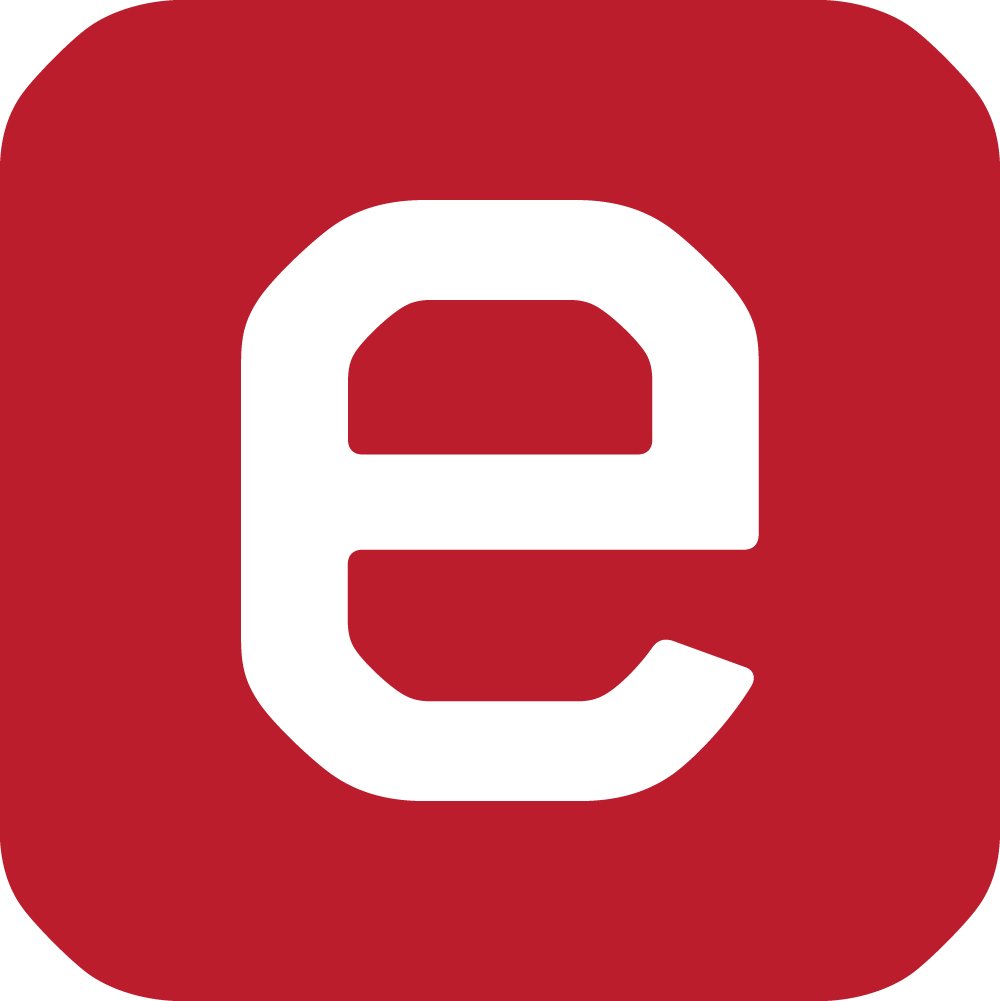What is CEF (Connecting Europe Facility)?

Europe is surging through its technological revolution. The push from stakeholders – consumers, corporations, and technology hubs – has ramped up this initiative in the last decade or so. Apart from efficiency, the European Commission sees digital transformation as the bridge between a greener future and a digital society. To support this progress, it developed the Digital Europe Programme.


The amount that the European Commission has allocated to drive digitalisation across EU states.
While Nordic regions, such as Denmark, Finland, and Sweden, have digitally transformed in a massively successful way, beginning with their postal systems, the same cannot be said for other countries. According to the McKinsey Global Institute’s Industry Digitization Index, Europe comprises a mix of leaders and laggards, thus dragging their average digital intensity – the level digitalisation drives the economy – down the scale.
The study notes that Europe utilises an estimated 12% of its digital potential – versus the United States, which is at 18%. Out of all European countries, the Netherlands functions best with 15%.
McKinsey predicts that if Europe’s stragglers double their digitalisation efforts, the continent’s economy could receive €2.5 trillion to its GDP by 2025. According to Statista, countries like Italy, Romania, Greece, and Bulgaria are Europe's least digitally developed countries.
The Digital Europe Programme is the European Commission’s way of funding digital technology for businesses, citizens, and public administrations. After the pandemic emphasised the impact of technology in daily life, the EC allotted €7.5 billion to accelerate digital transformation and sustain independence in digital services.
Other established efforts, such as the Horizon Europe (for research and innovation), the Connecting Europe Facility (for digital infrastructure), the Recovery and Resilience Facility, and the Structural funds, also support the scheme.
Currently, Europe imports its tech from the United States.
The programme focuses on the following key areas:
According to the European Union website, corporations, organisations, and public administrations from the EU Member States, European Free Trade Association nations, European Economic Area regions, and other affiliated countries are qualified for the Digital Europe Programme.
Proposals can range from physical output, such as European-based blockchain infrastructure and data centres, to advanced digital skills training for citizens. The EC also encourages artificial intelligence applications, particularly those combating real-world issues, such as food and health.
Governments can submit ideas that promote efficiency, such as eradicating red tape and streamlining applications. One public area that could truly benefit from such an initiative would be the postal service, an archaic system that could expertly be transported to the 21st century with the proper tools.
The EC has outlined the steps for applying on their website. For the programme’s initial stages, it has determined four categories to manage the various aspects of the critical areas.
Each category lists down and details the aims of the calls. Once the EC releases the next batch, each one will have a document identifying the specific problems and issues that the EC would want applicants to address in their proposals.
If you’re interested, here’s a step-by-step guide on the application process:
Submit your proposalThere can be plenty of projects and initiatives that would benefit governments and the communities they serve. As McKinsey stated in their report, Europe isn’t breaking even when it comes to its digital potential.
Another McKinsey report also notes that a resolute effort from a government to transform digitally can enhance services, save money, and improve citizens’ quality of life. For example, converting to a smart postal system would eliminate long waiting times and tedious processes and conserve resources. And that’s only one aspect of change.
Here are other examples of successful digitisation in other European countries:
The Digitisation of Bulgaria
Despite ranking low on the digitalisation index, Bulgaria has made strides in modernising its digital facilities. Early in July 2022, the country reached an agreement with the EU to help in its climate and digital efforts – the same goals enumerated in the Digital Programme. Bulgaria will receive €2.6 billion through the European Social Fund Plus to upskill residents for green and digital transition. After all, according to McKinsey, the success of a digital society rests largely on the core capabilities of its citizens.
Portugal's online shift
In 2020, the Portuguese government launched the three-pronged Action Plan for Digital Transition, the country’s strategy to evolve into a fully fledged, digitally transformed nation. Its first step involves capacity building and digital inclusion, focusing on education, upskilling, and reskilling. The second refers to business’ digital transformation, which concentrates on big and small enterprises employing digital tools. And lastly, the third constitutes public service digitisation, which entails faster government accessibility and logistics via online facilities.
France's digital plan
In 2017, France launched its digital plan, which focuses on three key pillars: governance, the economy, and security, specifically:
It’s common knowledge at this point that “traditional” post is losing money. The story of the indebted and beleaguered US Postal Service is a cautionary tale of working against the times and refusing the address the sensibilities of consumers. There are many benefits to digitising the postal industry fully, including:
Increases profits
Transforming your postal industry could answer the EC’s call to promote security, innovation, and standardisation. Use e-Boks as a partner to create a revolutionary digital postal system that benefits the government and the rest of the country. Beyond digital post boxes, e-Boks also offers digital payment solutions, digital payslips, and secure digital archiving, among others. The company also commits to use carbon-neutral data and plant 120,000 trees by 2030. It is a solution worthy of the Digital Europe Programme.